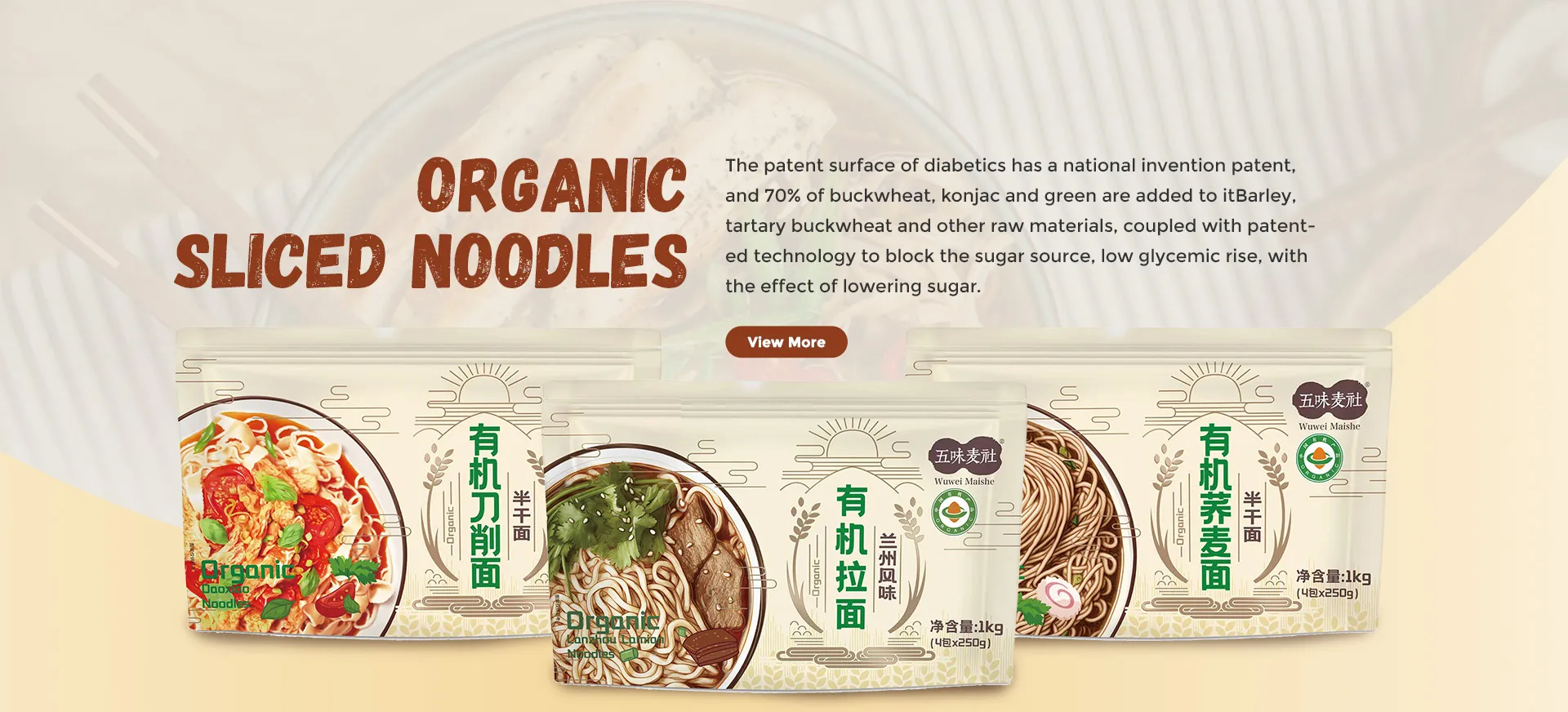Creating a New Trend in Noodle Cuisine with Soba Delights
The Delight of Soba A Culinary Journey
Soba, a traditional Japanese noodle made from buckwheat flour, is more than just a staple of Japanese cuisine; it is a testament to the country's rich culinary heritage. With a history that dates back to the Edo period, soba has evolved from a humble food to a beloved dish embraced by people worldwide. The charm of soba lies not only in its delicate taste and texture but also in its versatility and the cultural significance it carries.
One of the captivating aspects of soba is its nutritional profile. Buckwheat, the primary ingredient in soba, is gluten-free and packed with nutrients. It is rich in protein, fiber, and essential minerals such as iron and magnesium. This makes soba a fantastic option for those seeking a healthy alternative to traditional wheat noodles. Additionally, buckwheat has a low glycemic index, meaning it can help maintain steady blood sugar levels, making it suitable for diabetics and health-conscious individuals alike.
Soba can be enjoyed in a multitude of ways. The two most popular forms are chilled soba (zaru soba) and hot soba soup. Chilled soba is typically served with a dipping sauce (tsuyu), made from soy sauce, mirin, and dashi. The simplicity of this dish allows the natural flavor of the buckwheat to shine through. As the noodles are dipped into the savory sauce, every bite is a refreshing and invigorating experience, often complemented by garnishes such as green onions and wasabi.
On the other hand, hot soba soup brings a comforting warmth during the colder months. The noodles are bathed in a flavorful broth, often enriched with ingredients like mushrooms, tempura, or vegetables. This variant is not only nourishing but also highlights the culinary creativity found in Japanese kitchens. Whether you prefer it hot or cold, soba offers a unique opportunity to experience the essence of Japanese cuisine.
soba

Another intriguing aspect of soba is its cultural significance. In Japan, soba is often eaten on New Year's Eve, a tradition known as Toshikoshi Soba, symbolizing the transition from one year to the next. The long noodles represent a long and healthy life, making it a meaningful dish during this festive time. Additionally, soba shops, or soba-ya, are common across Japan, where expert artisans craft fresh soba daily. Watching these skilled noodle makers in action is a captivating experience, showcasing the dedication and artistry involved in this culinary tradition.
Aside from its traditional forms, soba has also inspired a wave of modern interpretations and fusion dishes. Chefs around the world are incorporating soba into salads, stir-fries, and even desserts, showcasing its adaptability. Its nutty flavor and chewy texture lend themselves well to a variety of cuisines, making it a favorite among food enthusiasts and chefs alike. Soba has crossed borders, illustrating the global appeal of this humble noodle.
Soba's journey from the ancient kitchens of Japan to dining tables around the world exemplifies the joy of culinary exploration. Whether enjoyed in its classic form or reimagined in creative new dishes, soba continues to unite people through its rich flavors and health benefits. For those looking to savor a dish that embodies both tradition and innovation, soba is undoubtedly a delightful choice.
In conclusion, soba is more than just a noodle; it captures the essence of Japanese culture, health, and creativity. Its rich history, nutritional benefits, and versatility make it a standout element of not only Japanese cuisine but the global culinary landscape. As more people discover and embrace soba, this delightful noodle is poised to continue its journey, weaving new stories around the world one bowl at a time.
-
Fast Cook Noodles: Convenient Staples for Modern LifestylesNewsAug.23,2025
-
Italian Noodles: Versatile Staples of Global CuisineNewsAug.23,2025
-
Italian Noodles: A Timeless Culinary HeritageNewsAug.23,2025
-
Instant Cold Noodles: A Refreshing Culinary ConvenienceNewsAug.23,2025
-
Buckwheat Noodles: The Art and Nutrition of Handmade SobaNewsAug.23,2025
-
Low Calorie Soba Noodles: A Nutritious Choice for Healthy EatingNewsAug.23,2025
-
The Wholesome Delight of Organic NoodlesNewsAug.15,2025
Browse qua the following product new the we







